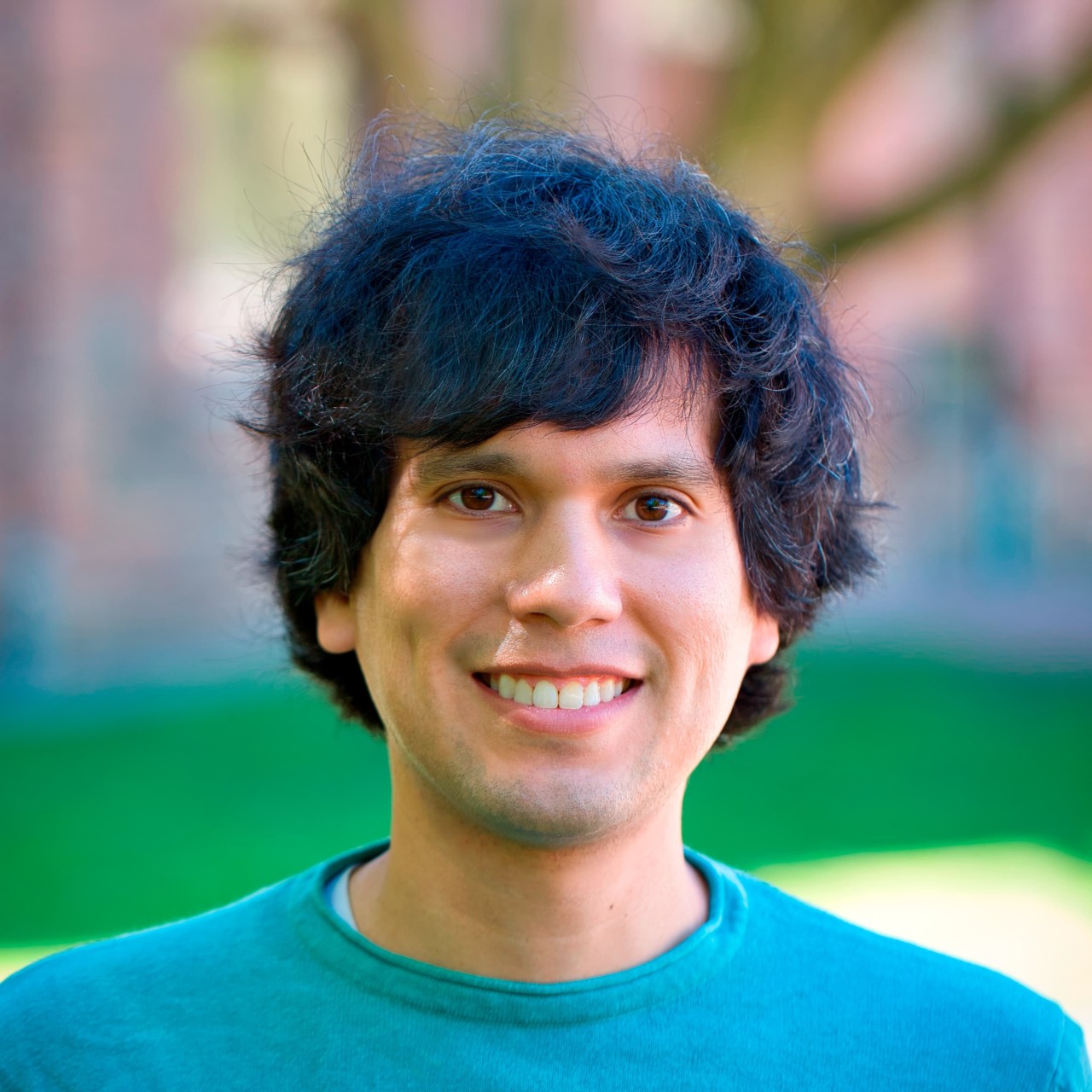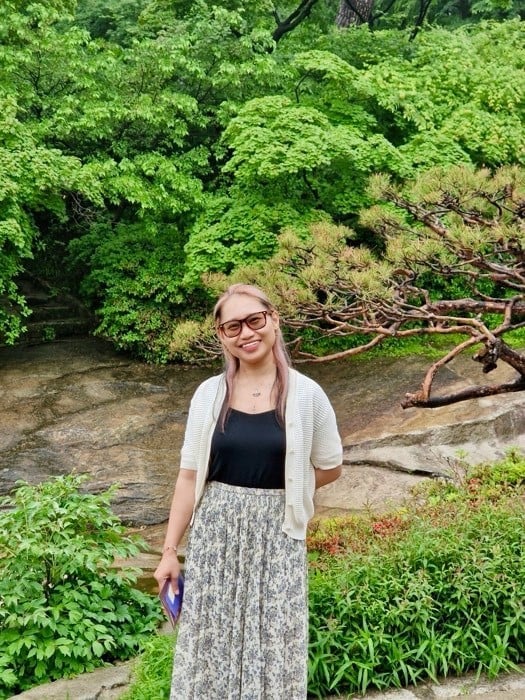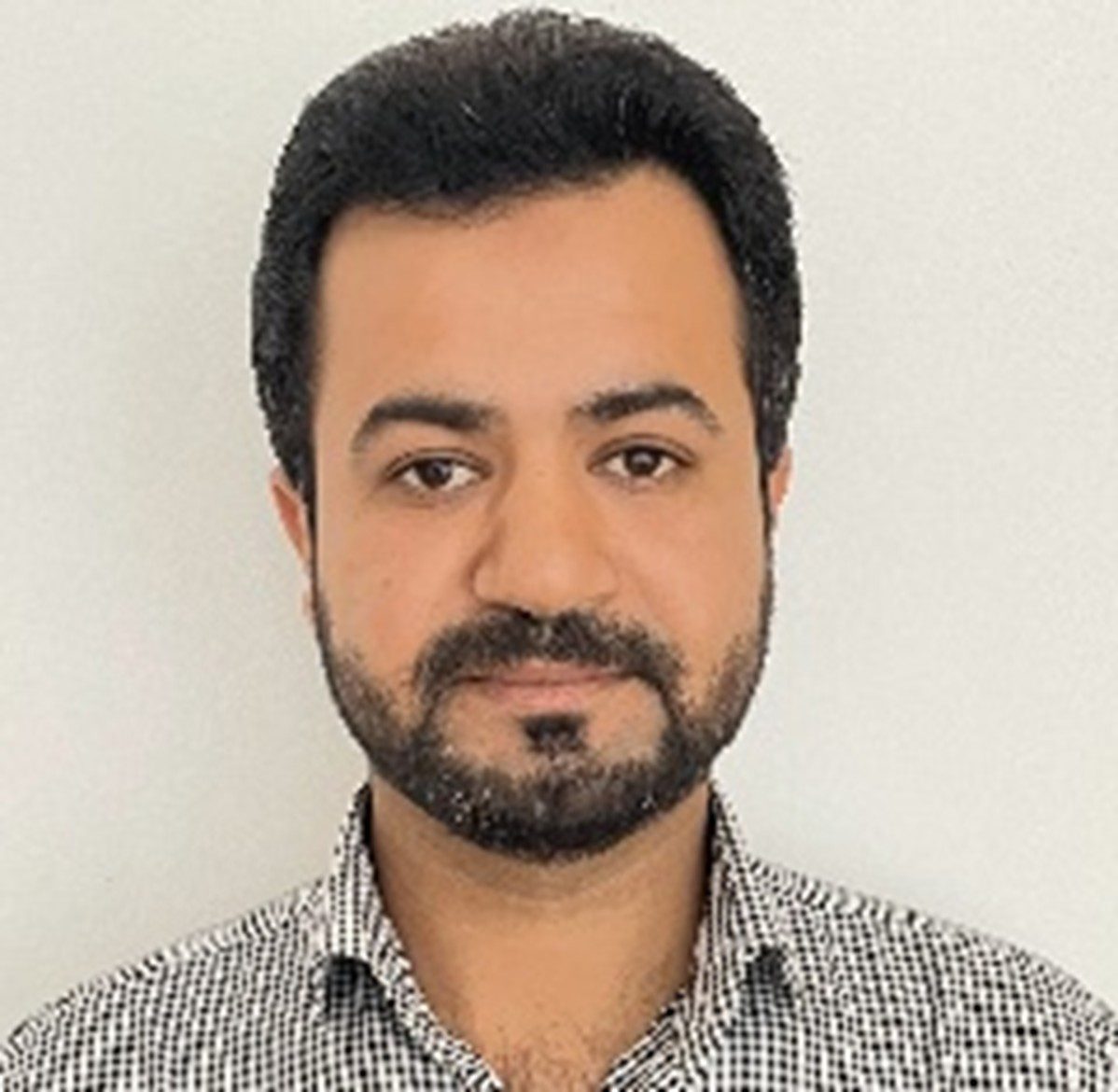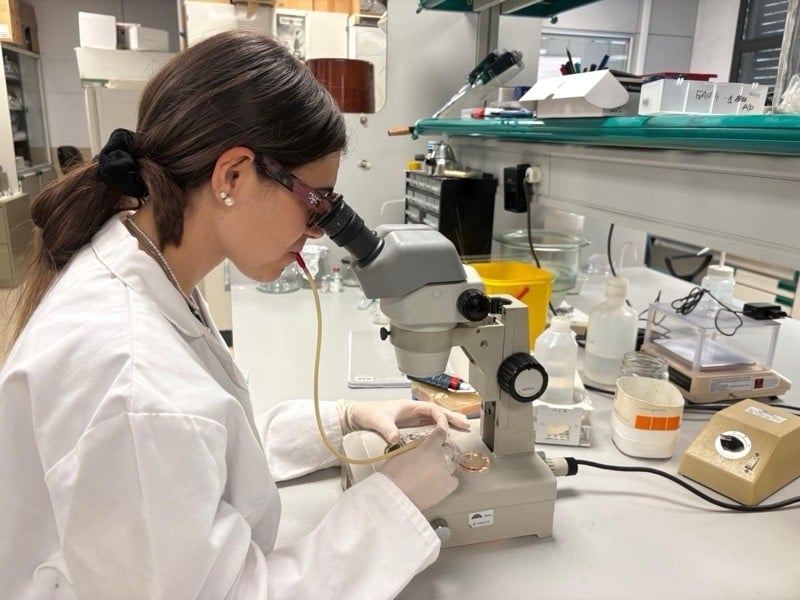How a Peruvian Scholar Won the Fully Funded Swedish Institute Scholarship for Global Professionals to Pursue His MSc in Sociology of Law at Lund University
University: Lund University
Degree: Master’s in Sociology of Law
Previous Education: Bachelor’s in Law, Pontifical Catholic University of Peru (GPA: 3.935/4.0)
Scholarship: Swedish Institute (SI) Scholarship for Global Professionals – Fully Funded (~$49,390)
Other Offered Scholarships (if any): Lund University Global Scholarship (225,000 SEK)
Social Media
LinkedIn: linkedin.com/in/marcoalonso30/

The Journey
My name is Marco Alonso, and I come from the province of Callao, Peru. I’m currently a master's student in the Sociology of Law program at Lund University in Sweden. I previously studied law in a Spanish-speaking program, and Sweden is certainly not a common destination for graduate studies in my field. In my case, I have a strong academic interest in the sociological study of the legal profession, so I’m seeking more rigorous methodological training to conduct solid research in the future. Along that path, I looked into where scholars working on my topic were teaching, and one of them is a professor at Lund University. While there were other master’s programs available, I chose Lund because it explicitly mentioned that the legal profession is one of its areas of focus, the program is housed within a Faculty of Social Sciences (other socio-legal studies programs are typically in law schools), and it only required a minimum TOEFL score of 90. For me, this experience now opens the door to applying for PhD programs in sociology.
Swedish Institute Scholarship Details
The scholarship I received is funded by the Swedish government through the Swedish Institute (SI). Specifically, it is called the SI Scholarship for Global Professionals, and it offers the following: (i) full coverage of university tuition fees (250,000 SEK, around 23,350 USD), (ii) a monthly stipend of 12,000 SEK for the two-year duration of my program, a total amount of 264,000 SEK (around 24,640 USD), (iii) a one-time travel grant of 15,000 SEK (approximately 1,400 USD), and (iv) Insurance for Foreign Visitors. Altogether, the total value of the scholarship amounts to approximately 49,390 USD. It is worth noting that the scholarship does not require you to return to your home country after completing the program, which aligned perfectly with my goal of pursuing doctoral studies.
Were You Offered any Other Scholarships?
I was also awarded the Lund University Global Scholarship, which amounted to 225,000 SEK and was directly deducted from the tuition fees. This covered about 90% of the total cost of my program (250,000 SEK). It’s important to note that the percentage awarded varies and may be lower in some cases. In my case, this scholarship alone was not sufficient because, aside from having to pay part of the tuition and cover airfare, the Swedish residence permit application requires a recent bank statement proving that you have enough funds to live in Sweden, specifically, more than 10,000 SEK per month.
Educational Background
I hold a bachelor’s degree in law from the Pontifical Catholic University of Peru, where I graduated with a cumulative GPA of 3.935. In Peru, the bachelor's degree is automatically granted after completing undergraduate studies and does not require a thesis. However, obtaining the professional title of lawyer, a key academic and professional credential in the country, does require writing a thesis. I wrote mine on a specific group within the Peruvian legal profession, which allowed me to qualify as a lawyer. I believe this research project played a significant role in my application, as it demonstrated my early interest in the sociology of the legal profession, which is now the core focus of my academic path.
How Did You Prepare to Apply to Lund University?
The main challenge I faced when applying to the master’s program was achieving the required TOEFL score. Although the minimum score wasn’t very high, I had started learning English relatively late and hadn’t practiced it in a long time. My only advantage was that I was already used to reading academic articles and books in English. At first, I enrolled in an online course, but I didn’t find it very helpful. Later, I discovered a range of YouTube videos with practice exercises. Using those resources, and by practicing the speaking section with a friend, I was able to reach the score needed for admission.
Additionally, I found the scholarship information directly on the program’s website; I hadn’t known about it before. One final detail worth mentioning is that my master’s program did not require letters of recommendation, which made the application process more straightforward.
How Did You Prepare to Apply for the Scholarship?
To apply for the SI Scholarship for Global Professionals, the first step is to ensure that your country is on the list of eligible nations. This list can change from year to year. You must also have at least 3,000 hours of work experience (freelance work can also count). Importantly, the scholarship is only awarded if you are also admitted to a Swedish university. If you are not accepted into a program, you are automatically disqualified. While there are additional requirements, I believe these are the most fundamental for eligibility.
To prepare, I started by watching videos featuring past scholarship recipients. In November, I downloaded the required documents: the CV template, proof of work and leadership experience, and two reference letters. These materials must be submitted during the official application period, which typically opens in February.
A key challenge is linking your experience to the United Nations Sustainable Development Goals (SDGs). In my case, since I was working at a university, I aligned my academic interests with SDG 16 (Peace, Justice, and Strong Institutions). Another important aspect is demonstrating leadership experience; this doesn’t necessarily mean holding a managerial position, but could also involve launching or leading a project that made a positive impact in your community.
Lastly, one of the more technical hurdles is that all documents must be officially certified with a stamp from the institution where you worked or where your referees are affiliated. Fortunately, in my case, all my documents came from the same institution, but I know this can be challenging for those with a more diverse work history.
Are Your Classes Conducted in English or Swedish?
All my classes and reading materials are in English. However, for those looking to integrate into Swedish society, learning the local language is important. The Swedish government offers free Swedish language courses through the “Swedish for Immigrants” (SFI) program, so it's possible to start learning once you’re in the country.
What Do You Think Made Your Application Stand Out?
My scholarship application may have stood out due to a combination of my high GPA, the fact that I also received a scholarship during my high school studies, the specific focus of my specialization, and my work experience at a university.
What Would You Have Done Differently if You Were Going Through the Process Again?
Looking back, I think it would have been wise to apply to more programs. I only applied to this one Swedish program (and to no other countries), so if I had been rejected, I would have lost my only chance to study abroad. I recognize this was very risky, and I plan to correct this when applying for PhD programs.
My second mistake was not applying for this master's program years earlier. My recommendation is that students who have academic interests requiring study abroad should start planning during their undergraduate studies. That wasn’t the case for me, but I now realize how valuable early planning is.
What Advice Would You Give Those Looking to Apply for a Similar Scholarship?
For applicants to the SI Scholarship for Global Professionals, I strongly recommend beginning the document preparation well in advance. I started filling out the forms as soon as they were made available in November. I saw videos from past applicants who struggled because they began the process too late in February. By the time the application period opened, I already had all my documents stamped and ready, which made the process much smoother.
I also recommend reaching out to local alumni networks in your country. There are often associations of former recipients who share successful application stories and provide valuable guidance.
Want to submit your
scholarship journey?
Submit Your Story Here!
More Scholarship Recipients

My name is Nirmana, and I am a PhD student in Energy Resources Engineering at Seoul National University (SNU). My academic b .... Read more

I am Dr. M. Amjad Iqbal, a postdoctoral researcher specializing in remote sensing at ECoE, involved in the EU project EXCELS .... Read more
- China
- Chinese Government Scholarships
- Fully Funded Scholarships
- Marie Skłodowska-Curie Actions Doctoral Networks (MSCA-DN)
- Master's Scholarships
- Nanjing University of Science and Technology
- National University of Science and Technology POLITEHNICA Bucharest
- Pakistani Nationality
- Ph.D. Scholarships
- Portugal Ministry of Research Funding
- Romania
- Tianjin Government Scholarship

My name is Michela Prestianni, I am 27 years old, and I come from Sicily, Italy. Since October 2024, I have been a PhD stude .... Read more

Leave A Comment